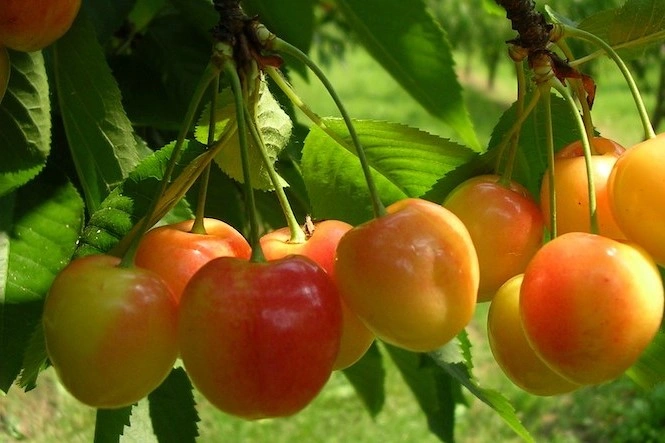Cherries are among the fruits with the highest returns in South American agriculture, but also among the most vulnerable. In the 2024–2025 season, Chile alone exported cherries worth over 3 billion dollars (approximately 2.76 billion Euros), confirming its position as the world leader.
However, much of this success depends on the ability to protect the harvest during the most delicate stage: the harvesting phase.
In recent years, Chilean farmers have had to face increasingly extreme weather conditions, which have compromised production and pushed the sector to reassess strategies and investments.
In this context, the adoption of plastic covers for cherry orchards has proven to be not only useful, but decisive.
From barrier to tool
Originally designed to protect the fruit from rain — the main cause of cracking and losses — these covers have proven to be far more versatile.
Studies by INIA and the University of Chile confirm that just 5–10 mm of rain during ripening can cause losses of between 30% and 70% of the yield.
With covers, these losses are reduced to less than 5%.
Main advantages
- Visual quality and fruit uniformity
The more stable environment under the cover favors the development of color and fruit size quality. According to several producers, it is possible to gain up to one grade in classification, significantly increasing commercial value, especially in Asian markets like China. - Strategic harvesting timing
Thanks to the covers and perimeter closure systems, harvesting can be brought forward by 5–10 days, allowing market entry during periods of low supply and higher prices.
In some regions, it is also possible to extend the harvest, avoiding packing facility congestion. - Fewer phytosanitary treatments
A drier environment reduces the spread of fungal diseases, allowing for reduced use of fungicides.
This is an advantage that affects both operating costs and the chemical residue on the fruit. - Investment that pays off quickly
A complete cover system can cost between 23,000 and 38,000 dollars (about 21,200–35,000 Euros) per hectare, depending on materials and structure.
Still, many producers report recouping the investment in just a few seasons, thanks to reduced losses and improved quality of the product sold.
Strategy and customization
Protecting cherries is protecting the business: in a sector where quality, timing, and precision matter, plastic covers are no longer optional.
They are technical, economic, and strategic tools to remain competitive in a market where only those focusing on fruit size and condition can stand out.
Tailored technology with TeckLand
With over ten years of experience, TeckLand offers custom protection solutions for orchards, with certified, high-performance covers.
Each project is tailor-made, based on agronomic and climatic needs: transparency, light diffusion, heat retention, and resistance are calibrated to achieve maximum yield and durability.
For every grower, the right cover can make the difference between an uncertain season and a commercial success.
Text and image source: mundoagro.cl
Cherry Times - All rights reserved












